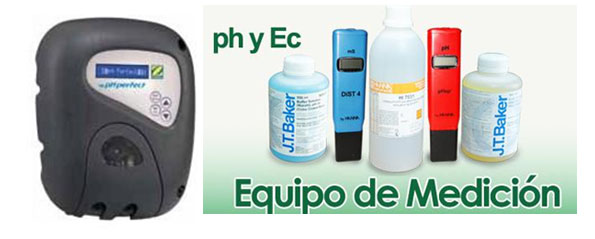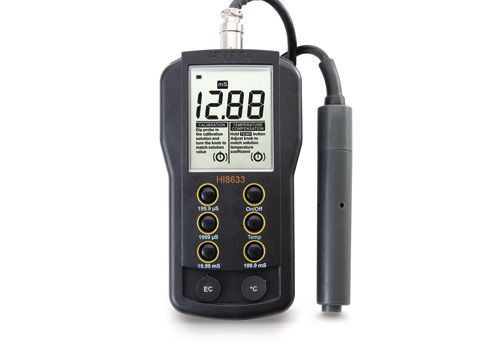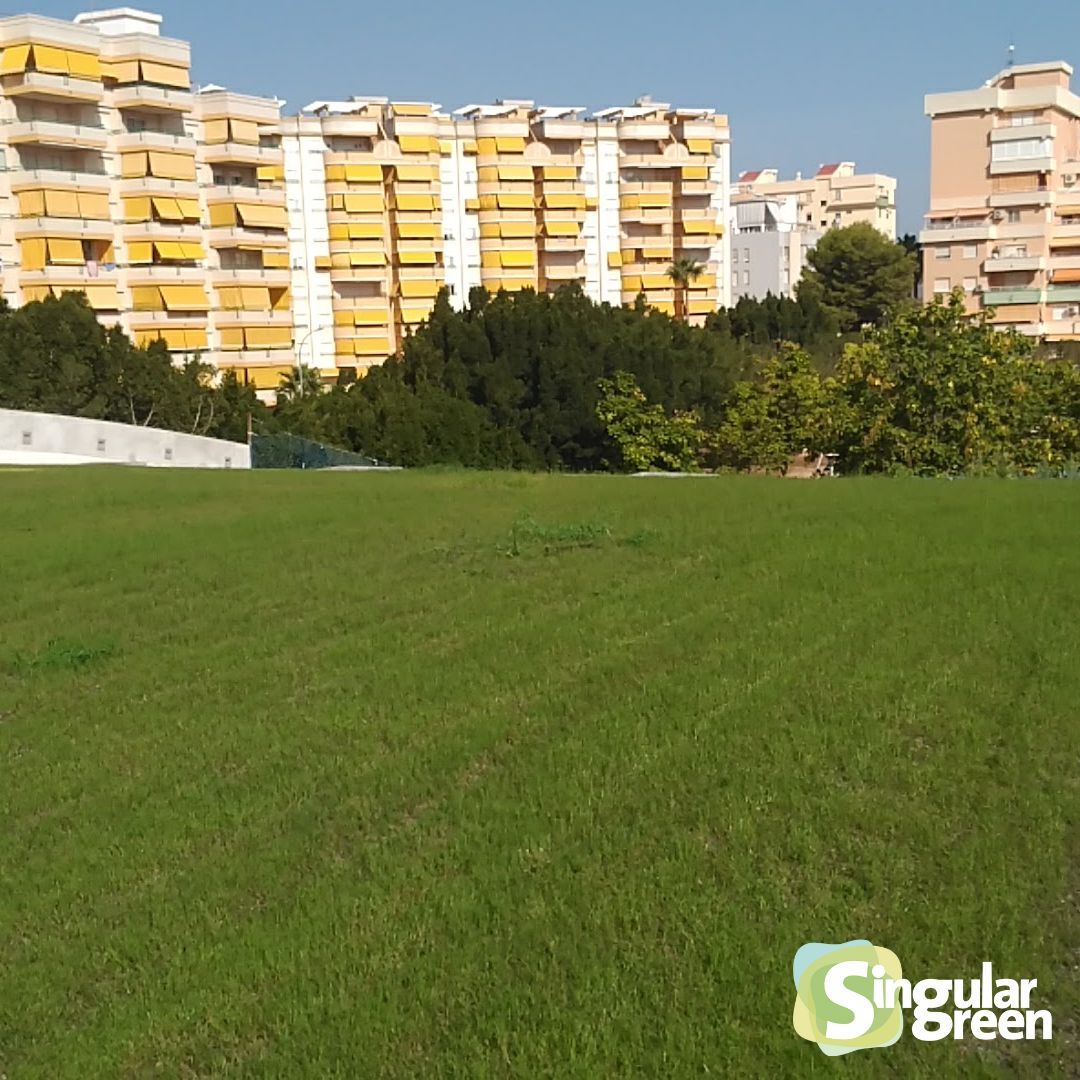Hydroponic vertical gardens are becoming a popular solution for those looking to incorporate nature into urban environments or reduce land usage.
These systems not only allow for vertical cultivation but also eliminate the need for soil, utilizing nutrient solutions that optimize plant growth.
In this article, we will explore what a hydroponic living walls is, its components, how it works, and the necessary care for its maintenance.
What is a Hydroponic Vertical Garden?
A hydroponic vertical garden is a cultivation system that uses a vertical support structure and a nutrient solution to nourish plants instead of soil. Hydroponics optimizes space, water, and nutrients necessary for healthy plant growth. This technique is ideal for urban areas, where space for cultivation is limited and efficient resource use is sought.
Advantages of Hydroponic Gardens Over Traditional Systems
Unlike conventional gardens that rely on soil, a hydroponic garden utilizes a nutrient solution, allowing for greater control over plant growth. Some of the main advantages include:
- Efficient Water Use: Hydroponic systems recirculate water, minimizing waste.
- Reduced Fertilizer Needs: Nutrients are directly dosed into the hydroponic solution, decreasing the requirement for fertilizers.
- Greater Control Over Factors: Parameters such as pH and conductivity can be closely monitored, ensuring better nutrient absorption.
- Decreased Pest and Disease Issues: The absence of soil reduces the risk of soil-related pests and diseases.
Essential Components for a Hydroponic Vertical Garden
A hydroponic installation must include certain key elements for proper functioning. At a minimum, the basic components include:
- Irrigation Timer: Automates the supply of water and nutrients to the plants.
- Nutrient Injector or Fertilizer Dispenser: This equipment facilitates the proper dosing of necessary nutrients.
- Reservoir for the Hydroponic Solution: Stores the mixture of water and nutrients that nourishes the plants.
- Irrigation and Aeration Filters: These systems ensure that the hydroponic solution is free from impurities and oxygenated.
- pH and Conductivity Control Probes: Crucial for monitoring acidity levels and nutrient concentrations in the solution.
- Irrigation System: Responsible for distributing the nutrient solution to all the plants.
How a Hydroponic Vertical Garden Works
A hydroponic vertical garden is based on the principle of soil-less cultivation, using a nutrient-rich solution that circulates throughout the system. The roots of the plants absorb these nutrients directly from the solution. Below, we break down how each of its elements functions:
Irrigation Systems and Hydroponic Solutions
The irrigation system is fundamental in hydroponics, as it evenly distributes the nutrient solution. This automated watering ensures that the plants receive the appropriate amount of nutrients without wasting water. The use of hydroponic solutions allows for precise control over the plants’ feeding.
The Importance of Substrate in Hydroponics
The substrate is the material that supports the roots of plants in a hydroponic garden. When choosing the substrate, it is essential that it be an inert material, meaning it does not chemically react with the nutrient solution.
Substrates like rock wool or felt are ideal, as they have a low Cation Exchange Capacity (CEC), which means they do not absorb nutrients. This prevents the accumulation of salts, which could affect the availability of nutrients for the plants.
Maintenance of a Hydroponic Vertical Garden
The maintenance of a hydroponic vertical garden primarily involves monitoring the parameters of the nutrient solution, such as pH and conductivity. These factors determine the availability of nutrients for the plants and their ability to absorb them.
When maintaining a hydroponic vertical garden, we should consider the following factors:
- Substrate
- pH
- Conductivity
- Tap Water
pH Control: Key to Plant Health
The pH of the hydroponic solution is crucial for the proper absorption of nutrients. Poor pH management can clog the fertigation system and reduce nutrient availability, negatively impacting plant growth.
Keeping the pH within recommended ranges (depending on the species being cultivated) ensures efficient nutrient absorption.

In our experience, natural soil can act as a pH buffer in traditional gardens, but in hydroponics, this balance depends entirely on the hydroponic solution.
It is essential to use high-precision pH meters for constant adjustments.
We have implemented automated solutions with buffering systems that allow the pH to self-regulate and maintain optimal levels.
Control of Conductivity: Optimal Nutrients for Plants
Electrical conductivity (EC) measures the amount of dissolved nutrients in the hydroponic solution. An appropriate conductivity value indicates that plants are receiving the necessary nutrients.
In our experience, tap water can have a high baseline conductivity, which may lead to excessive salt accumulation in the nutrient solution.
In these cases, a reverse osmosis system is needed to reduce conductivity and ensure the longevity of the hydroponic solution.
We have found that it is essential to regularly measure conductivity with a precise meter and adjust the levels to avoid damaging the plants.

Factors to Consider for Installing a Hydroponic Vertical Garden
The Role of Water in the Hydroponic System
Water is the main vehicle for the nutrient solution in a hydroponic system. Depending on the quality of the irrigation water, conductivity values can vary significantly. A chemical analysis of the water is essential at least twice a year, as fluctuations in water quality can directly affect the effectiveness of the hydroponic system.
From our experience, using reverse osmosis systems is an excellent solution when the tap water has high conductivity.
By filtering the water, it is possible to obtain a purer solution that ensures a constant supply of nutrients without the risk of salt buildup.






